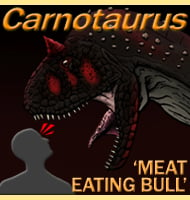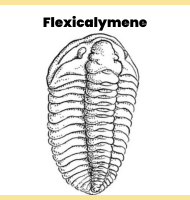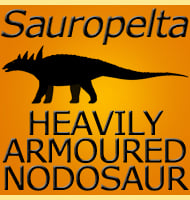In Depth
With up to forty cervical vertebrae, Microcleidus had a proportionately longer neck than other plesiosaurs. This longer neck has in the past seen Microcleidus treated as an elasmosaurid (the group of long necked plesiosaurs like Elasmosaurus), although Microcleidus has also been considered to be a cryptoclidid (the group established around Cryptoclidus). On top of this some researchers consider Microcleidus to actually be intermediate in form, and so should be placed between these two groups.
As a living animal, Microcleidus would have been a more specialised hunter of fish than its shorter necked brethren. This would seem to be the trend taken by the piscivorous plesiosaurs as they progressed through the Jurassic, something that was in stark contrast to the shorter necked, large skulled pliosaurs like Liopleurodon that were distantly related but evolving to hunt marine reptiles like plesiosaurs.
Further Reading
Further reading- A preliminary note on two new genera of upper Liassic plesiosaurs. – Memoirs and Proceedings of the Manchester Literary and Philosophical Society 54(4):1-28. – D. M. S. Watson – 1909.









